Biodegradable Products
We believe Allviron is the only manufacturer of biodegradable packaging films in Australia, currently producing material on a monthly basis. Please contact us for a discussion and quote on your biodegradable packaging needs.
Through our discussion we'll be able to ascertain your particular requirements. Frustratingly for us all, fully certified biodegradable and compostable plastics come at a premium to polyethylene. Nevertheless, many of us believe the price is worth paying for a more sustainable world.
-
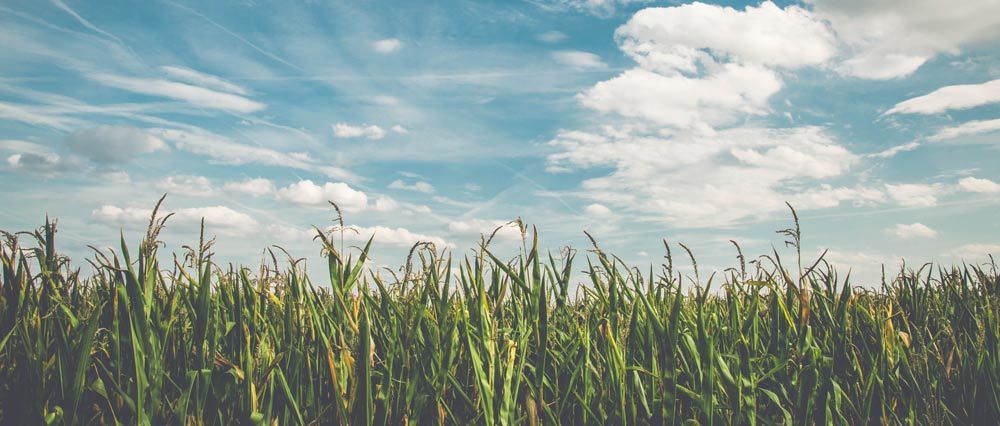
Sustainable Products
-
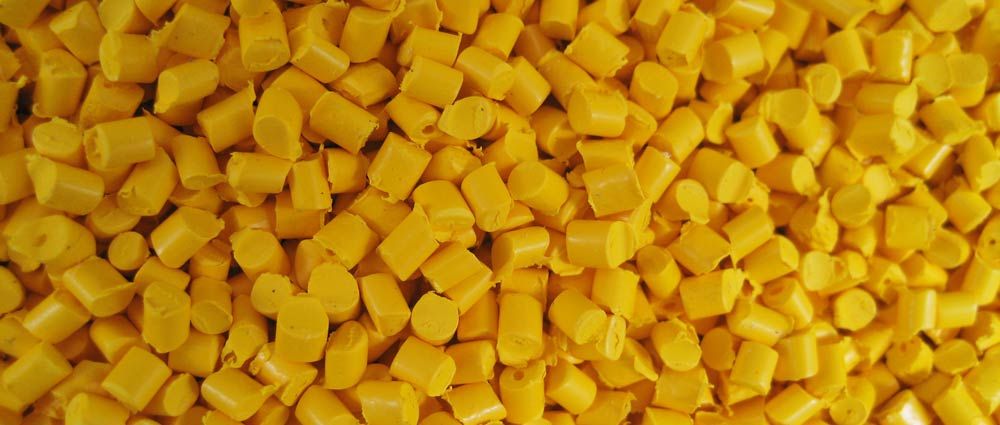
Compostable Materials
-
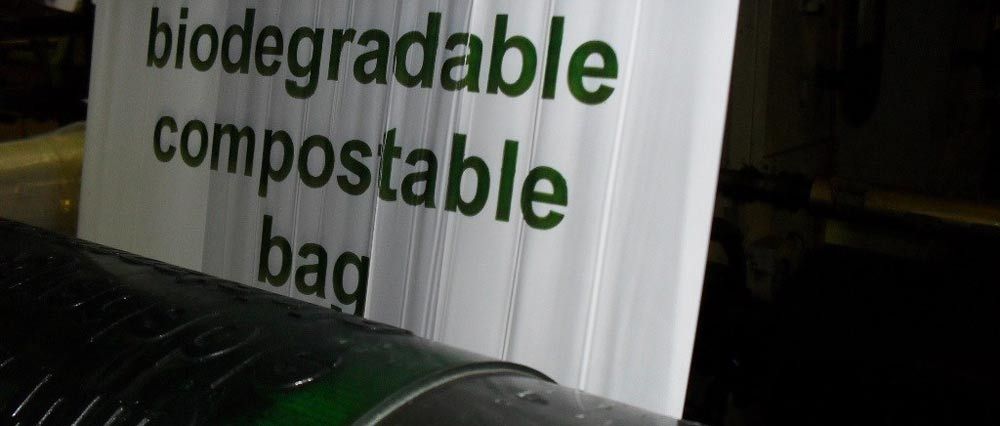
Bioplastic Material
-
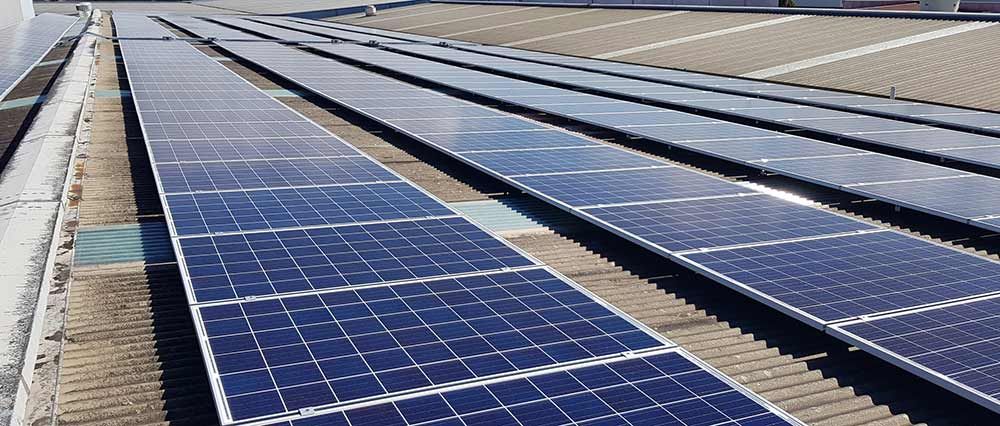
Renewable Resources
-
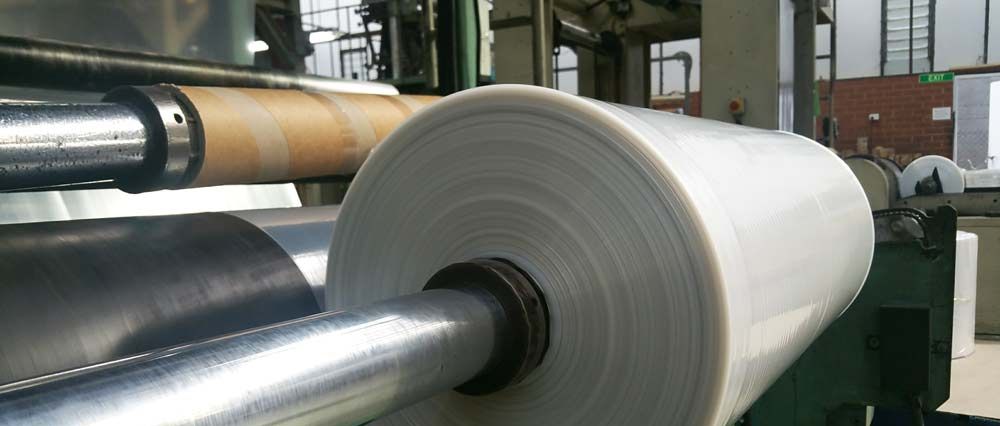
Bioplastics
If you have any questions about our range of products or the production methods used by Allviron please contact us.
Bioplastics are not a single kind of plastic, but rather a family of materials that vary considerably from one another.
Bioplastics in general are partially or completely based on natural resources. The biomass used for biobased plastics today comes mostly from grain (corn), sugar cane, potatoes or castor oil. Other natural resources, such as cellulose and crop residues (corn stover, straw) will grow more important in the future.
Fields of application for bioplastic materials and products are increasing steadily.
Bioplastics today are primarily found in the following market segments:
• Packaging
• Food services
• Agriculture/horticulture
• Consumer electronics
• Automotive
• Consumer goods and household appliances
Currently packaging is the leading market segment.
Supply is well ensured to meet the growing demand in the short and medium term. However, it is difficult to make long-term forecasts due to the dynamic and innovative nature of the bioplastic market. A reliable legislative framework in the EU would be beneficial to further attracting investment and ensuring supply in the long run.
In recent years numerous joint ventures have been established. Planned investments in bioplastic production capacities have been made. Initial facilities producing various types of bioplastics are operating in Europe, the Americas and Asia. Additional facilities are currently being set up in different regions from Thailand to Italy to produce more bioplastics, including starch compounds, PLA, biobased PBS, PE or bio-PET. These investments and scaleups are reflected in European Bioplastics’ market data, which show growth in capacity from 1.7 million tons in 2014 to roughly 7.8 million tons in 2019.
Bioplastics are used in packaging, catering products, automotive parts, electronic consumer goods and have many more applications where conventional plastics are used. Neither conventional plastic nor bioplastic should be ingested. Bioplastics used in food and beverage packaging are approved for food contact, but are not suitable for human consumption.
Biobased plastics help reduce the dependency on limited fossil resources, which are expected to become significantly more expensive in the coming decades. Slowly depleted fossil resources are being gradually substituted with renewable resources (currently predominantly annual crops, such as corn and sugar beet, or perennial cultures, such as cassava and sugar cane).
Biobased plastics also possess the unique potential to reduce GHG emissions or even be carbon neutral. Plants absorb atmospheric carbon dioxide as they grow. Using this biomass to create biobased plastic products constitutes a temporary removal of greenhouse gases (CO2 ) from the atmosphere. This carbon fixation can be extended for a period of time if the material is recycled.
Another major benefit offered by biobased plastics is that they can 'close the cycle' and increase resource efficiency. This potential can be exploited most effectively by establishing ‘use cascades’, in which renewable resources are firstly used to produce materials and products prior to being used for energy recovery.
This means either: 1. using renewable resources for bioplastic products, mechanically recycling these products several times and recovering their renewable energy at the end of their product life or 2. using renewable resources for bioplastic products, organically recycling them (composting) at the end of a product's life cycle (if certified accordingly) and creating valuable biomass/humus during the process. This resulting new product facilitates plant growth thus closing the cycle.
Furthermore, plastics that are biobased and compostable can help to divert biowaste from landfill and increase waste management efficiency across Europe. All in all, bioplastics can raise resource efficiency to its (current) best potential.